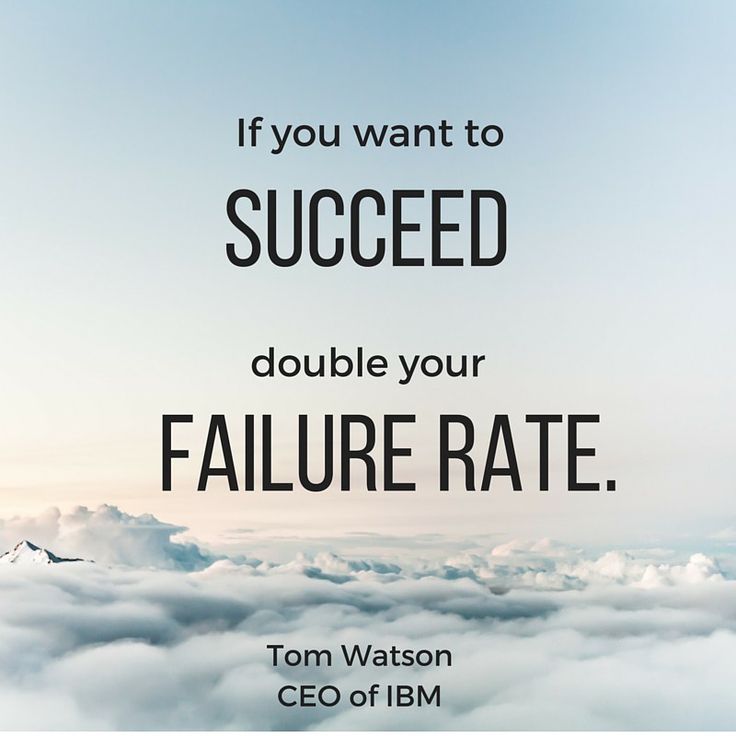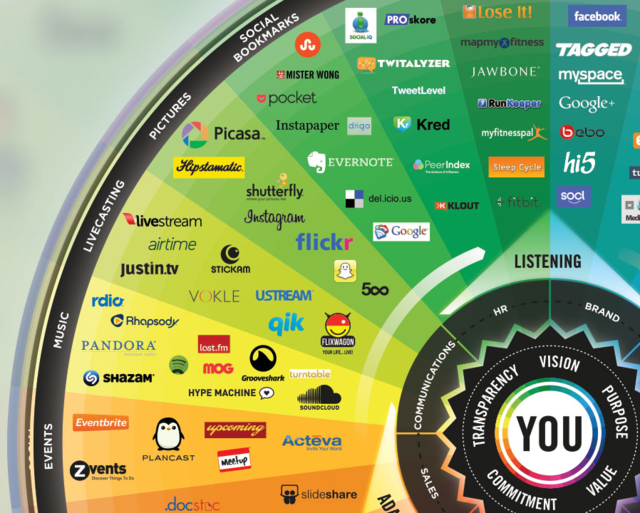Many of our clients are solopreneurs (love this term!) who are sole proprietors of a business and don’t have a large staff or the knowledge to manage effective marketing strategies for their businesses. The overwhelming notion of big ideas, slim resources and a shoestring budget can result in failure at times.
We are taught at a young age in school that failure is something terrible to be avoided at all costs. Everyone is afraid to fail. The word ‘fail’ evokes negative emotions, anxiety and a gloomy outlook.
No one wants to hear it or experience it. You failed! Now, bury your head in the sand in shame.
But, wait a minute? Does failing at something actually mean you’re being successful?
The businesses that implement lots of ideas will most likely have many failures, but the chances are, they will reap some impressive successes too. By trying many different things, we improve our chances that one of them will be a home run. From there, we develop more confidence; learn new things and can move on to running the bases into home again.
We all need to realize that everything we do does not have to be a success. Believe it or not, if everything we do succeeds, then we are truly failing. Why? We are not taking enough risks. Taking risks is part of the territory. The innovative leader encourages a culture of experimentation and risk taking, and is not afraid to fail.
Tap into the positive power of failure because it’s not permanent. It is an opportunity to learn something that you did not know before. Take time to analyze what went wrong and put measures in place so it doesn’t happen again. Then, move on to the next exciting venture in your business.
When you take your failures personally and see each one as a challenge to your confidence and your ability to succeed, then you will inevitably fail more often because you will become weaker in spirit with each one.
Remember this next time you are struck by failure in your business. Hold your head up and know that each failure can lead to broader knowledge and greater things.
Be cautious when taking risks, but take them in your marketing. You may fail at some of them, but it will lead you to a path of successes, and you just might knock a few into the stands along the way!






